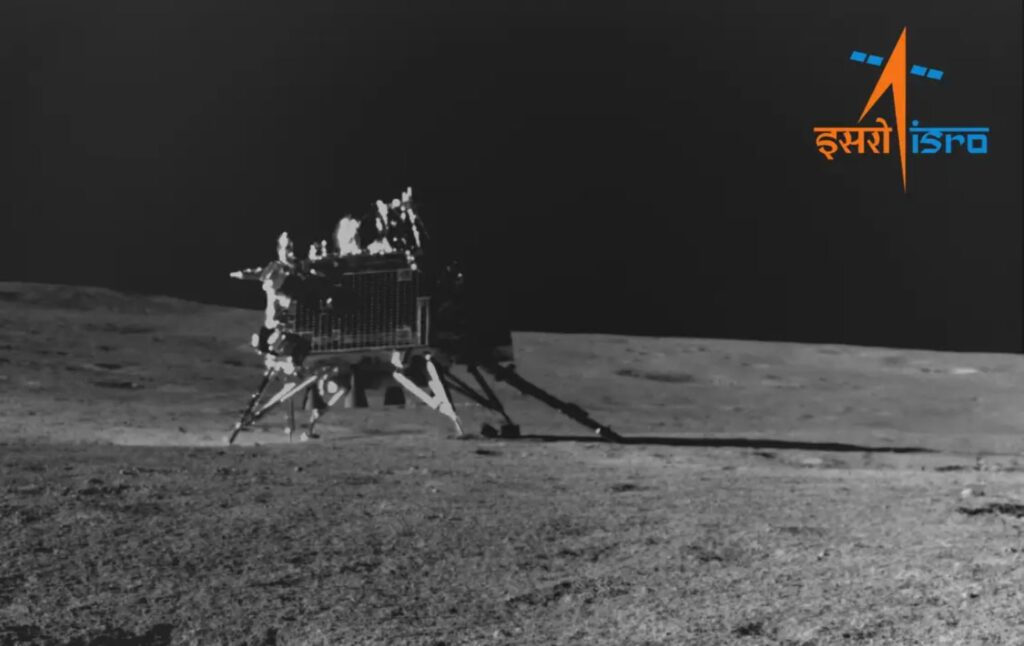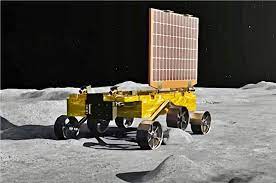On August 23, 2023, India’s Chandrayaan-3 mission successfully landed on the Moon’s south pole, making India the fourth country to ever soft-land on the lunar surface, and the first to do so at the south pole. The mission consisted of a lander named Vikram and a rover named Pragyan, which spent the next 14 Earth days conducting scientific experiments and exploring the Moon’s south pole.
On September 4, 2023, the Chandrayaan-3 mission came to an end, as the Vikram lander and Pragyan rover completed their mission and shut down. ISRO, the Indian Space Research Organisation, bid a farewell to the mission, praising its success and its contributions to lunar science.
Chandrayaan-3’s Scientific Objectives
The Chandrayaan-3 mission had a number of scientific objectives, including:
Studying the Moon’s south polar region, which is relatively unexplored
Investigating the presence and distribution of water ice on the Moon
Studying the Moon’s surface composition, magnetic field, and plasma environment
The Chandrayaan-3 mission was a success in achieving its scientific objectives. The mission’s scientific data will help scientists to better understand the Moon’s south pole, the presence and distribution of water ice on the Moon, and the Moon’s history and evolution.
Achievements of the Chandrayaan-3 mission include:
The discovery of water ice deposits in the Moon’s south polar region
The discovery of new minerals on the Moon
The collection of data on the Moon’s magnetic field and plasma environment
The development of new technologies for lunar exploration
Chandrayaan-3’s Legacy
The Chandrayaan-3 mission was a significant achievement for India and for international space exploration. The mission demonstrated India’s ability to conduct complex deep space missions.
The mission was also a success for international space exploration. The Chandrayaan-3 mission provided new insights into the Moon’s south pole, a region that is relatively unexplored. The mission’s scientific data will help scientists to better understand the Moon’s history and evolution, and it will also help to prepare for future human and robotic missions to the Moon.
The Chandrayaan-3 mission’s legacy is one of success and inspiration. The mission demonstrated India’s growing capabilities in deep space exploration, and it provided new insights into the Moon, our nearest celestial neighbor. The mission’s success is a testament to the hard work and dedication of the scientists and engineers at ISRO, and it is a source of pride for all Indians.
The Chandrayaan-3 mission was a success story for India and for international space exploration. The mission achieved its scientific objectives, and it provided new insights into the Moon’s south pole. The mission’s legacy is one of success and inspiration, and it is a testament to the hard work and dedication of the scientists and engineers at ISRO,





